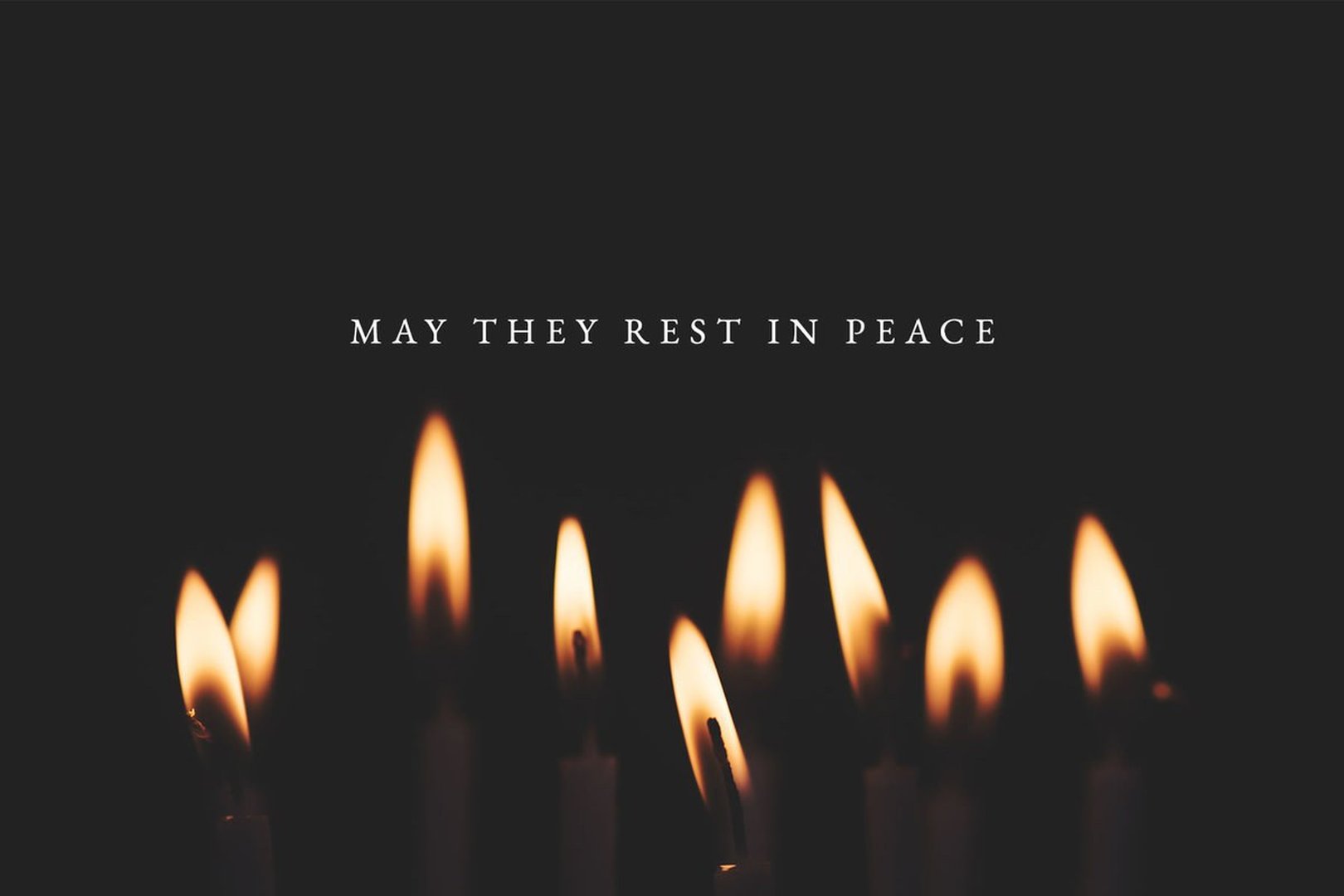 Jesus heals a blind man in this 17th century work of Eustache Le Sueur. The sacraments continue to offer us Jesus’ healing touch to this day through visible, tangible signs.
Jesus heals a blind man in this 17th century work of Eustache Le Sueur. The sacraments continue to offer us Jesus’ healing touch to this day through visible, tangible signs.An elderly priest conducting a retreat at the Motherhouse this summer asked for help with his cellphone. No matter what he did, his email messages would not send. The problem, it turned out, was simply the way he was tapping the “send” button. As I tried to model the requisite light, angled touch, I realized that technology trains us even in this motion, domesticates even the sense of touch that can be particularly human — and particularly divine.
In fact, the Gospel reading for that day’s Mass was the story of the woman afflicted by hemorrhages for twelve years who thought to herself, “If only I can touch [Jesus’] cloak, I will be cured” (Matt 9:21). Her touch sprang from deep faith, courage, and humility. Her unwavering trust that this Man could heal her, even after twelve years’ worth of doctors had failed, attests her faith. Jewish law meant that such a woman was unclean, so it required courage to leave her home and push her way through those thronging Jesus. And, finally, she had the humility subsequently to share her story before the whole crowd.
My meditation upon this woman’s contact with Jesus led me to another woman, Mary Magdalene. After the Resurrection, He greeted her with, “Stop holding on to me, for I have not yet ascended to the Father.” Christ’s words imply that, after He has ascended, we will be permitted to hold on to Him — but how? The answer is: through the sacraments.
There is a reason God provides us these tangible signs and instruments of grace. There is a reason why we can hear with our ears the words of forgiveness in confession, why we can feel the water of baptism and the oil of anointing of the sick, why we can consume Him in our mouths in the Eucharist. The reason is that He created us as embodied souls and wants to minister to our needs through our bodies.
In turn, our senses must be consecrated to Him. A powerful passage in Flaubert’s Madame Bovary describes the eponymous central character, notorious for her infidelities, receiving the sacrament of anointing of the sick: “First [the priest] anointed her eyes, once so covetous of all earthly luxuries … then her mouth, so prompt to lie, so defiant in pride … then her hands that had thrilled to voluptuous contacts; and finally the soles of her feet, once so swift when she had hastened to slake her desires, and now never to walk again.” Because God’s grace is free and plentiful, we should be more, not less, eager to serve Him through the senses He gave us. Let us offer Him, through others, the touch of faith, humility, and courage: a handshake that proclaims trust in another’s goodness, an embrace that offers someone strength to go on, a gesture of reverence for the ill or elderly — warmth both human and divine. Then, when we see Him face to face, we will “taste and see that the Lord is good” (Ps 34:8).
Sr. Maria Veritas Marks is a member of the Ann Arbor-based Dominican Sisters of Mary, Mother of the Eucharist.










